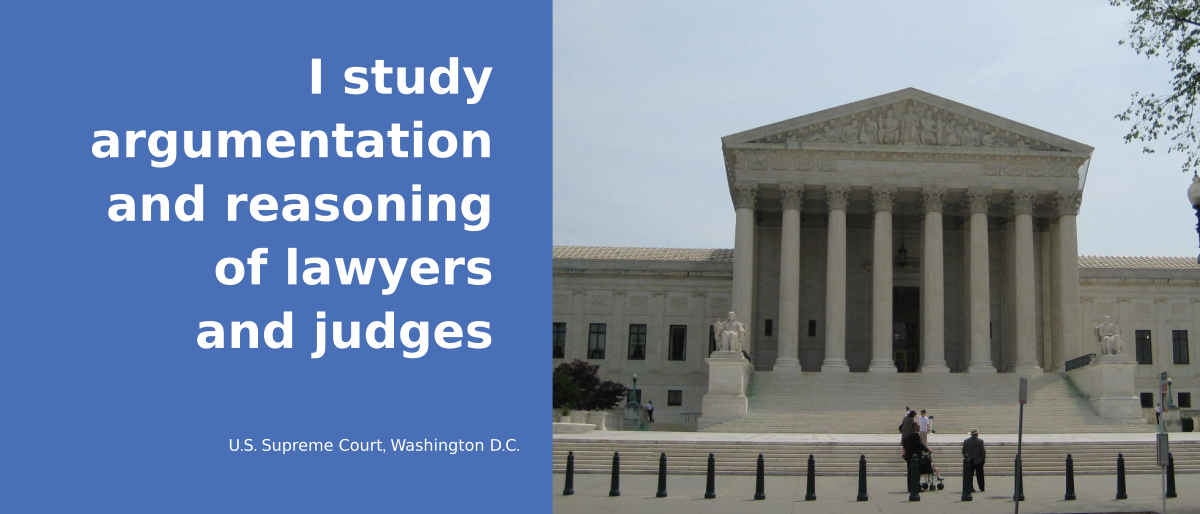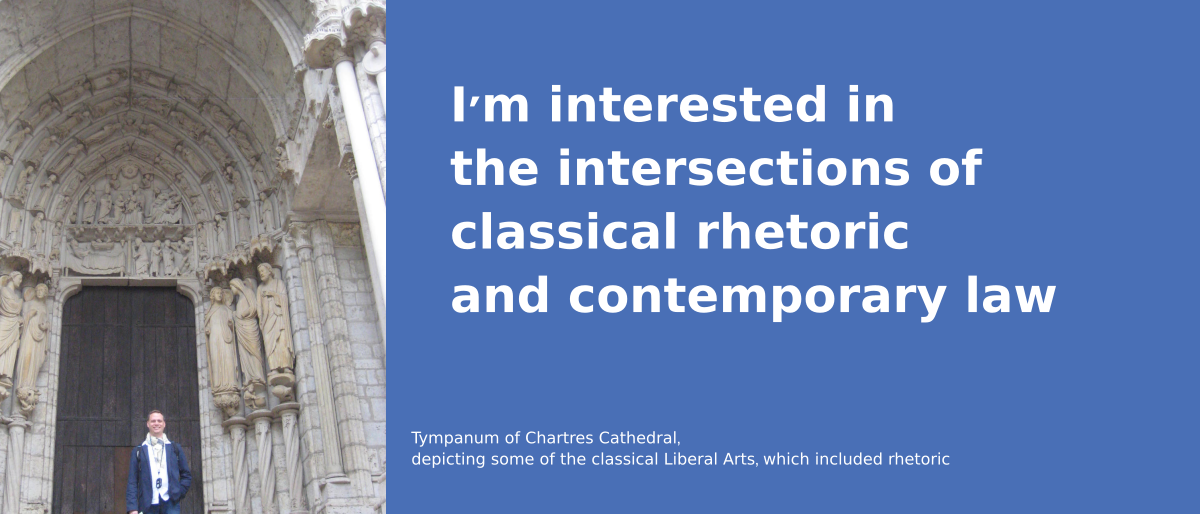
Expanding Access: Building Bridges within DH
Below is the text of my prepared remarks for a roundtable at the Modern Language Association convention in January 2013. (This version is slightly longer than the one to be delivered live, due to time constraints of live delivery). Here’s the blurb for the session from the program: Session 22/”Expanding Access: Building Bridges within Digital Humanities.” Thursday, 12:00 noon–1:15 p.m., 205, Hynes. A special session. Presiding: Trent M. Kays, Univ. of Minnesota, Twin Cities; Lee Skallerup Bessette, Morehead State Univ. Speakers: Marc Fortin, Queen’s Univ.; Alexander Gil, Univ. of Virginia; Brian Larson, Univ. of Minnesota, Twin Cities; Sophie Marcotte, Concordia Univ.; Read More …
Juarrero, Dynamics in Action, Chapter 14
Juarrero, A. (1999). Narrative explanation and the dynamics of action (Chapter 14). Dynamics in Action: Intentional Behavior as a Complex System (pp. 217–244). Cambridge, MA: The MIT Press. (You may find it helpful to review the reviews I wrote of Chapter 9 and Chapter 13 of this book before tackling the current chapter. Not that those earlier reviews are great, but this material was a hard slog even with that orientation; I would not attempt it without.) In Chapter 14, Juarrero proposes hermeneutics as the appropriate model for explaining the dynamical systems of human intention and action. She recaps the Read More …
Juarrero, Dynamics in Action, Chapter 13
Juarrero, A. (1999). Threading an agent’s control loop through the environment (Chapter 13). Dynamics in Action: Intentional Behavior as a Complex System (pp. 195–213). Cambridge, MA: The MIT Press. This chapter can be summed up with the question, “How do we decide to do what we intend to do?” (p. 196). Juarerro rules out AI systems that work through the entire solution space (relies too much on processing with “brute speed); and expert systems where all the relevant rules and contingencies have to be programmed into the system in advance. The first question is whether intentions are meanings in the Read More …
Juarrero, Dynamics in Action, Chapter 9
This is the first of three chapters of Juarrero’s book about which I’ve written summaries/reviews. The first two (Chapters 9 and 13) really just open the doors to the last (Chapter 14), which I find interesting for my own work. Juarrero, A. (1999). Constraints as causes: the intersection of information theory and complex systems dynamics (Chapter 9). Dynamics in Action: Intentional Behavior as a Complex System (pp. 131–150). Cambridge, MA: The MIT Press. In Chapter 9 of Dynamics in Action, Juarrero sets out to analyze the “interlevel causality of dynamical systems—as the workings of constraint” (p. 131). One of her Read More …
Updated design, fired up new Twitter account
I’ve updated the design of this site. My goal was to get a template I liked better than the one that I had. I’m prepping for this to be my regular website for research and teaching, something I’ll want to have quite spiffed up before I go on the academic job market. The photo image in the header is one I took while we were near the Cape of Good Hope, Western Cape, South Aftrica, early in 2012. I really loved the color of the orange lichen that was quite common in that area. I’ve also fired up a Twitter Read More …
Tager-Flusberg. Language and understanding minds: connections in autism
Another reading from Ling8920 Tager-Flusberg, H. (2000). Language and understanding minds: connections in autism. In S. Baron-Cohen, H. Tager-Flusberg, & D. J. Cohen (Eds.), Understanding other minds: Perspectives from autism and developmental cognitive neuroscience (2nd ed., pp. 1–45). Oxford: Oxford University Press. Tager-Flusberg noted that recent research had identified links among autism, impairment in pragmatic function—“in the ability to use language to communicate effectively in a range of social contexts”—and theory of mind (p. 3). But she is distressed by the “relative neglect” of study of impairments in lexical and syntactic function in the same population. The aim of this Read More …
Baron-Cohen, Leslie & Frith. Does the autistic child have a “theory of mind”?
Analytical summary of an article from my Ling 8920 class, which focuses on cognition and language, particularly on language deficiencies. Baron-Cohen, S., Leslie, A. M., & Frith, U. (1985). Does the autistic child have a “theory of mind” ? Cognition, 21(1), 37–46. The authors note that mental retardation cannot be the cause of autistic subjects’ inability to form normal social relations because (a) there are autistic persons with normal IQs and (b) “mentally retarded non-autistic children, such as Down’s syndrome, are socially competent relative to their mental age” (p. 38). The authors define theory of mind (after Premack and Woodruff) as Read More …
Reflections on “robo-grading” and my first month teaching first-year writing
I have 18 students in an 8:00 a.m. class who have been dutifully (if a bit groggily and yawningly) showing up three times a week to work on their writing. The course is not just about writing, though. It’s titled “Writing and Academic Inquiry,” and my goal has been to work with them on their writing as a skill but also to introduce them to writing as a subject of inquiry. The topic I selected is called by various names; by its proponents, “automated essay scoring” (which is its handle on Wikipedia) “automated writing assessment,” “automated writing evaluation,” and the Read More …
Looking forward to 2012-13 school year
Well, the 2012-2013 school year has started, and I’m in it up to my eyeballs. (You can see my report on last year here.) But it’s pretty exciting stuff. I’ve got two classes this fall, PhD qualifying exams in the spring, and two new “course preps” this year. I’m also continuing my research activities. More on all these items below. My fall classes are both in Cognitive Science, the last I need to complete my formal minor in that field. The survey course, with Prof. Johnson in the Carlson School of Management, is pretty sweeping in its scope. I’m hoping Read More …
Looking back on 2011-2012 school year
Last year went very well, though not exactly as I predicted at its outset. I took three classes a semester last year, up from the 2-per of the previous year. This meant that I dropped my activity in my law firm from about 2/3 time to about 1/2 time. That proved not to be a problem because we hired a bright new associate attorney in April 2011 who is glad to pick up the slack (partly because he knows he’ll ‘inherit’ most of my interest in the firm in a couple years). After the first year of classes, which focused Read More …

